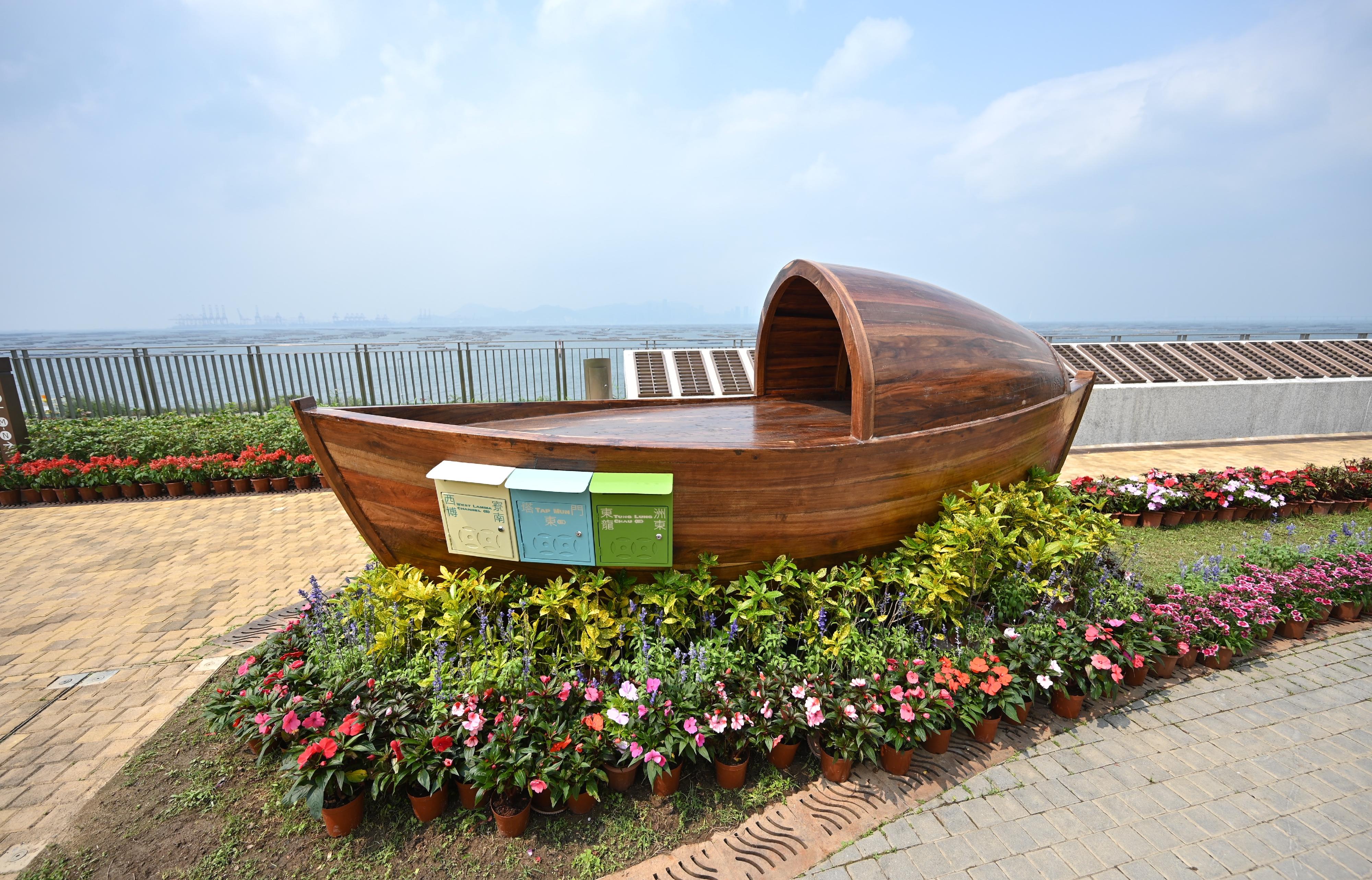Speech by SITI at 2nd Global Innovation & Technology Summit (English only)
Following is the speech by the Secretary for Innovation, Technology and Industry, Professor Sun Dong, at the 2nd Global Innovation & Technology Summit today (April 3):
尊敬的盧新寧副主任 (Deputy Director of the Liaison Office of the Central People’s Government in the Hong Kong Special Administrative Region (HKSAR) Ms Lu Xinning), 方建明副特派員 (Deputy Commissioner of the Office of the Commissioner of the Ministry of Foreign Affairs of the People’s Republic of China in the HKSAR Mr Fang Jianming), Mr Nurbek (Minister of Science and Higher Education of the Republic of Kazakhstan, Mr Sayasat Nurbek), Professor Nancy Ip (Council Chair of the Greater Bay Area Association of Academicians (GBAAA) and President of the Hong Kong University of Science and Technology, Professor Nancy Ip), Professor Teng (Council Vice-Chair of the GBAAA and President of the Hong Kong Polytechnic University, Mr Teng Jin-guang), distinguished speakers and guests, ladies and gentlemen,
Good morning. It is my honour to join you all today at the 2nd Global Innovation & Technology (I&T) Summit. First of all, I would like to extend my appreciation to the Greater Bay Area Association of Academicians for organising this Summit again. This event will provide exciting opportunities for government officials, university presidents, and academic staff from local and overseas universities to engage in inspiring dialogues, explore collaboration opportunities, and share valuable insights towards achieving multilateral education goals and advancing educational and research innovation.
It was emphasised in the work report of the 20th National Congress that science and technology should continue to constitute the primary productive force of our country, with talent as the primary resource and innovation as the primary driving force. Our country should implement strategies to promote national prosperity through science and technology education, nurture a rich talent pool and drive high-quality development through innovation. Being home to five world’s top 100 universities, and numerous world-class experts and scholars, Hong Kong has access to the best resources available, forming a solid foundation and network for our journey to become an international I&T hub. To realise this goal, fostering collaborative efforts among the government, academic, and research sectors is of utmost importance for all of us. I am delighted to witness how today’s event will bring us together, facilitating the exchange of ideas and collective efforts towards achieving our shared objective.
Young people are Hong Kong’s future. The National 14th Five-Year Plan clearly supports Hong Kong’s development into an international I&T centre, and it is crucial to acknowledge that active participation of universities in grooming R&D (research and development) talent and their contribution to the talent pool and I&T ecosystem hold significant importance in achieving this plan. The Government has been very proactive recently in its efforts to nurture I&T talent and enlarge the local talent pool, and now I would like to share some notable examples that highlight these initiatives.
The first example is the STEM Internship Scheme. This scheme aims to encourage university students to participate in I&T-related work during their studies, so that many of these students can pursue a career in I&T field after their graduation, and therefore enlarge the local talent pool. Another example is the Research Talent Hub that was launched a few years ago with an aim to nurture and bring together more technology talent through a very effective subsidy programme and eventually encourage these students to pursue a career in the I&T field and eventually enlarge the I&T talent in Hong Kong. To further accelerate the expansion of the talent pool, the Technology Talent Admission Scheme (TechTAS) was also introduced to provide a fast-track arrangement for those eligible companies to admit Mainland China and overseas technology talent, in particular young talent, to come to Hong Kong to undertake R&D work.
The Government indeed has also been providing stable resources for universities to conduct R&D activities as well as supporting the commercialisation of its outcomes. For example, in this year’s Budget announcement, we have doubled the maximum funding support to the Technology Transfer Office of each of the eight UGC (University Grants Committee)-funded universities to $16 million per year, in order to strengthen technology transfer and marketing services. Another example is that we will provide each designated university with an annual subsidy of $16 million under the Technology Start-up Support Scheme for Universities (TSSSU) to support the start-up development, therefore to provide more job opportunities for our young talent. Another well-known example is the Research, Academic and Industry Sectors One-plus Scheme (RAISe+ Scheme) which was launched in October last year. This programme aims to promote the “1 to N” transformation, therefore to encourage the commercialisation and technology transfer of universities’ R&D outcomes. I am pleased to tell you that the evaluation of the first batch of the proposals has been completed last week, and we have recommended about 20 proposals for the next process.
Ladies and gentlemen, higher education institutions are the cradle of I&T, as well as the key force for scientific research. The Government will continue its unfailing support to promote higher education, placing utmost importance on effective communication with stakeholders, and fostering the growth of exceptional I&T talent, all for the betterment of society as a whole.
I hope that today’s discussions and exchanges serve as valuable takeaways for all of us. Together, we have the power to shape a future where collaborative efforts drive advancements in the I&T sector. Finally, may I wish all of you rewarding and fruitful exchanges in the following time. Thank you very much. read more



